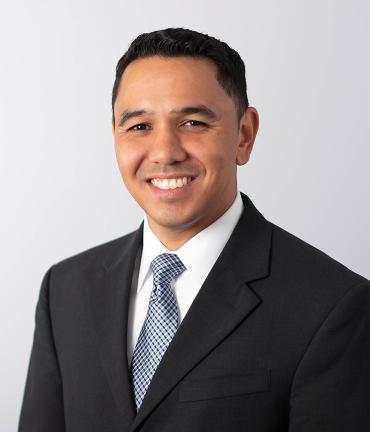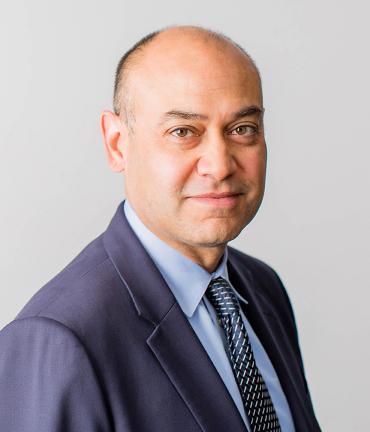
Pleomorphic xanthoastrocytoma (grades II-III)
Pleomorphic xanthoastrocytoma is a rare brain tumor that primarily affects children and young adults.
These tumors arise from astrocytes, the supportive cells in the nervous system. Normally, astrocytes are responsible for a variety of roles, including providing nutrients to neurons, maintaining the blood-brain barrier, and modulating neurotransmission (how neurons communicate with each other).These tumors also belong to the broader category of gliomas – tumors that arise from glial cells. This is because astrocytes are a type of glial cell.
Pleomorphic xanthoastrocytomas tend to develop in the cerebral hemispheres of the brain, or the leptomeninges (two of the protective membranes covering the brain). This type of tumor can be benign or malignant: pleomorphic xanthoastrocytoma (grade II) is the benign form, while anaplastic pleomorphic xanthoastrocytoma (grade III) is considered malignant, and grows more quickly. Anaplastic pleomorphic xanthoastrocytomas also have “anaplastic” features, meaning that the tumor extends tentacle-like projections of cells that grow into neighboring tissue.
Many common symptoms of pleomorphic xanthoastrocytoma result from an increase of pressure in the brain. This occurs as the tumor grows larger and takes up space, compressing healthy brain tissue within the fixed volume of the skull. Such symptoms may include the following:
- Seizures
- Headaches
- Nausea
- Vomiting
Pleomorphic xanthoastrocytomas (both benign and malignant) are extremely rare, together accounting for less than 1% of all astrocytomas.1-2 Most cases of pleomorphic xanthoastrocytoma occur in children and adolescents, though a few cases can be found in adults.
Patients with pleomorphic xanthoastrocytoma are usually first treated with surgery. The primary objective is to remove as much of the tumor as possible, while protecting critical brain function – this is called “maximal safe resection”. Especially since pleomorphic xanthoastrocytomas can occur in near areas of the brain that control body movement, sensation, or language, special measures may be taken to protect these functions. For example, awake surgery with brain mapping is commonly used when tumors are located in the brain regions that control language or movement. This technique allows surgeons to safely identify and preserve critical brain regions. In other cases, detailed MR scans provide ‘maps’ of the key pathways in the brain which are useful during surgery.
Chemotherapy and radiation may also be suggested in addition to surgery, depending on the tumor’s size and location, as well as extent of surgical removal. A personalized treatment plan will consider these factors, in addition to the patient’s age and overall health.
How well a patient with pleomorphic xanthoastrocytoma responds to treatment depends on a variety of factors, including whether the tumor can be fully removed. Typically, complete surgical removal of the tumor offers better patient outcomes.
It is possible for pleomorphic xanthoastrocytoma to recur after surgery, so patients are regularly monitored for both tumor recurrence and progression to a higher grade tumor.
- Ostrom, Q.T., et al., CBTRUS Statistical Report: Primary brain and other central nervous system tumors diagnosed in the United States in 2010-2014. Neuro Oncol, 2017. 19(suppl_5): p. v1-v88.
- Forst, D.A., et al., Low-grade gliomas. Oncologist, 2014. 19(4): p. 403-13.
Surgical Specialists
This content was reviewed by UCSF pediatric neurosurgeon, Nalin Gupta MD, PhD.


